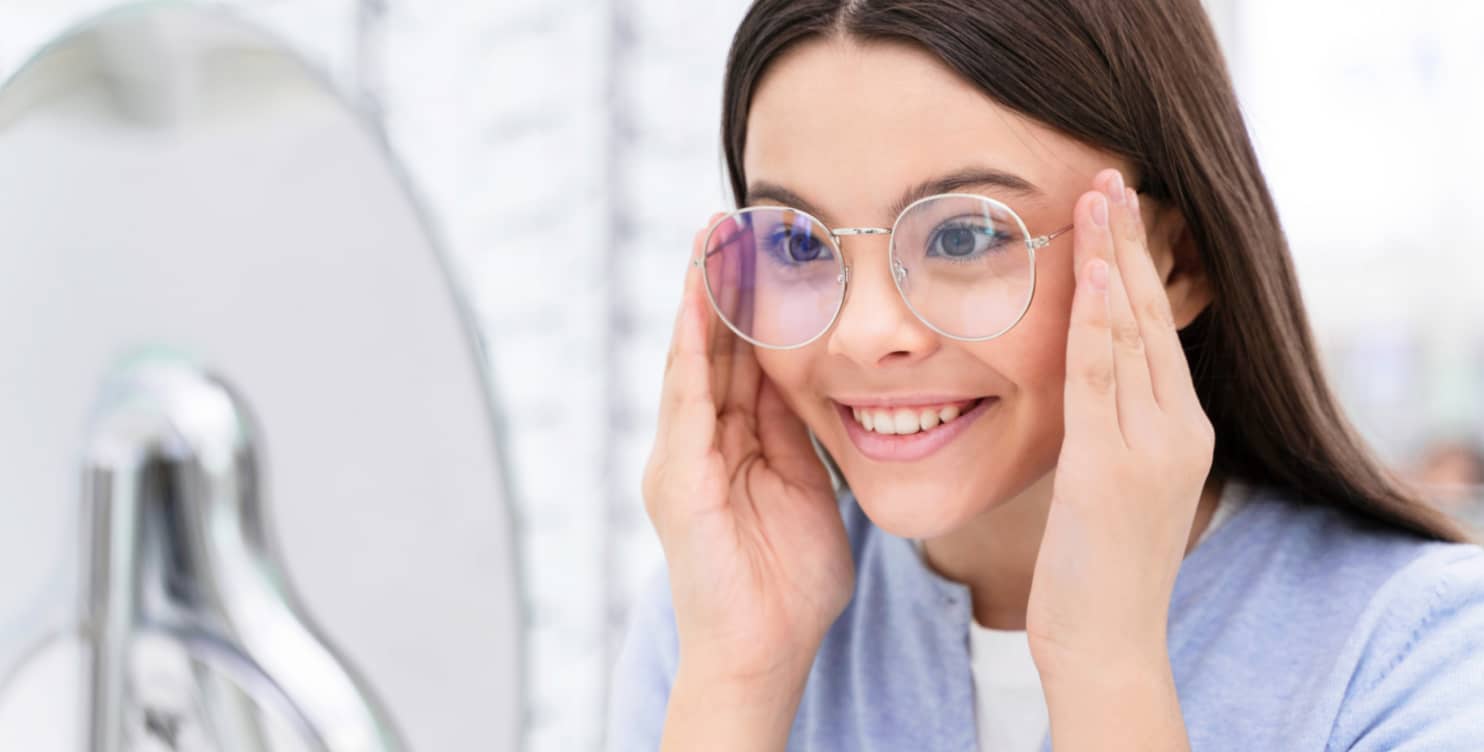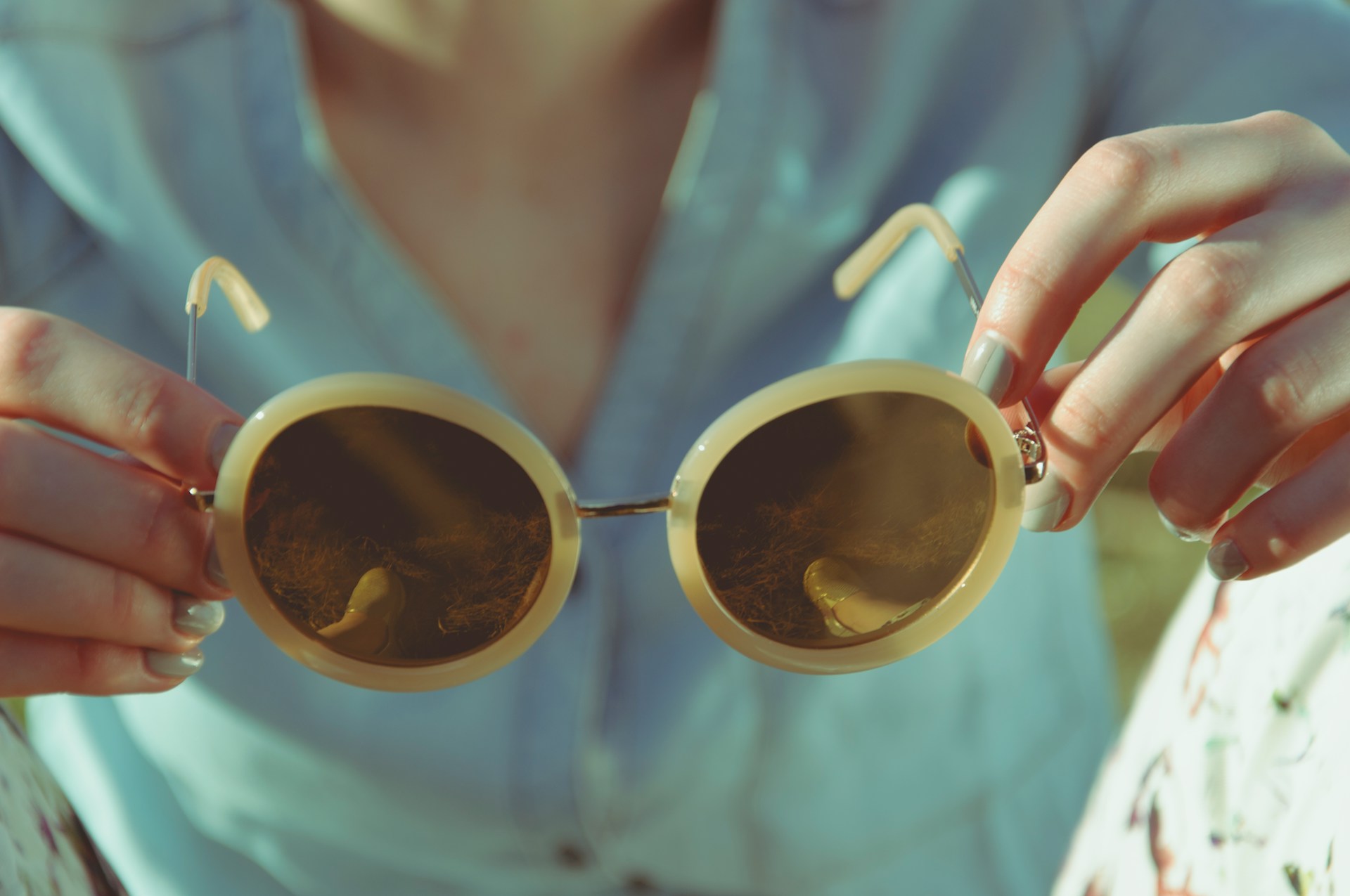
Identifying differences for tailored treatment approaches
Consequat a eleifend facilisis nulla vitaev iaculis enim pellentesque potenti arcu posuere fringilla et cursus eu sit ornare sit elit habitant massa at tellus feugiat dolor est commodo suspendisse justo sed sed malesuada cras facilisis volutpat consequat enim eget arcu metus ut orci in mi.
- Adipiscing enim, dictum pulvinar erat nibh ut integer tristique
- Vitae vivamus eget auctor viverra sagittis quisque bibendum sagittis
- Nunc ipsum diam urna quis eget turpis consequat fringilla feugiat erat
Early signs and symptoms of cataracts: knowing when to seek help
Facilisis augue amet dictum ut tincidunt in quisque etiam neque maecenas quis et malesuada netus consectetur nec mi sed porta fermentum metus volutpat egestas hendrerit purus nam faucibus quis nunc blandit ullamcorper in orci tempor placerat curabitur faucibus nec consectetur duis urna orci pellentesque viverra commodo turpis rhoncus risus at cras commodo rhoncus interdum vel egestas tellus sit sollicitudin consequat sodales lacus erat blandit. Varius non mi turpis nisl enim hendrerit.

How eye specialists detect and assess cataracts
Vitae feugiat dolor in maecenas semper donec duis lectus tellus nisl proin eu et vestibulum tellus mauris arcu tristique duis massa nulla egestas eget fringilla tincidunt et nibh arcu tempor at eu elementum tincidunt lectus est phasellus vel quisque neque rhoncus in laoreet scelerisque magna in sit ac nibh sed aenean interdum consequat id maecenas aliquam tellus molestie lorem cursus et semper.
- Morbi fringilla molestie magna sed dictum praesent pharetra turpis augue.
- Cras mi purus, viverra vitae felis sit amet, tincidunt fringilla lorem.
- Non mattis urna ex nec sem donec varius diam et suscipit venenati.
- Quisque euismod posuere lacus sit amet volutpat praesent vel imperdiet
“Dolor sit amet consectetur vitae facilisis sit vitae enim tristique vulputate neque dis ante pharetra suspendisse nibh semper”
Non-surgical cataract treatments: exploring alternatives and supportive care
Fermentum metus volutpat egestas hendrerit purus nam faucibus quis nunc blandit ullamcorper in orci tempor placerat curabitur faucibus nec consectetur duis urna orci pellentesque viverra commodo turpis rhoncus risus at cras commodo rhoncus interdum vel egestas tellus sit sollicitudin consequat sodales lacus erat blandit. varius non mi turpis nisl enim hendrerit.
Preventing cataracts: lifestyle choices and health tips to protect your vision
Ornare quam feugiat commodo in viverra sed proin netus cras elementum pharetra sit massa odio nec in metus etiam pretium molestie ac praesent vulputate imperdiet faucibus sed semper nisi nec risus semper lectus cursus lobortis felis pellentesque semper. Ultricies aliquam arcu ornare viverra egestas accumsan enim dis neque amet et enim maecenas facilisi id amet egestas mauris tellus eget hac massa.
As the sun shines brightly, it’s easy to get caught up in enjoying the warmth and light. However, while we often remember to protect our skin with sunscreen, many of us forget the importance of shielding our eyes from harmful ultraviolet (UV) rays. UV-blocking sunglasses are more than just a fashion statement—they are a vital tool for maintaining eye health and preventing long-term damage. In this article, we'll explore why UV protection is essential and how the right pair of sunglasses can help keep your eyes safe.
The Dangers of UV Exposure
UV radiation, which comes from the sun, is divided into three categories: UVA, UVB, and UVC. While UVC rays are mostly absorbed by the Earth's atmosphere and don’t reach us, UVA and UVB rays can cause significant harm to our eyes.
- UVA Rays: These rays penetrate deep into the eye, potentially causing damage to the macula, which is part of the retina at the back of the eye. Prolonged exposure to UVA rays has been linked to the development of cataracts and macular degeneration, both of which can lead to vision loss.
- UVB Rays: These rays are responsible for most of the sun's harmful effects on the skin and eyes. They can cause painful conditions like photokeratitis, often described as "sunburn of the eye." Over time, exposure to UVB rays can contribute to the development of cataracts, pterygium (a growth on the eye’s surface), and even skin cancer around the eyes.
Why UV-Blocking Sunglasses Matter
Wearing UV-blocking sunglasses is one of the simplest and most effective ways to protect your eyes from these harmful rays. Here’s why they matter:
- Preventing Eye Damage: By blocking 99% to 100% of UVA and UVB rays, UV-blocking sunglasses significantly reduce the risk of eye conditions caused by sun exposure. This protection is crucial whether you’re spending time at the beach, driving, or even just walking outside on a sunny day.
- Reducing Eye Strain: Sunglasses that block UV rays also help reduce glare, which can cause eye strain and discomfort. Polarized lenses are particularly effective in cutting down glare, especially from reflective surfaces like water or pavement, making outdoor activities more comfortable and safer for your eyes.
- Protecting Delicate Skin: The skin around your eyes is thinner and more sensitive than the skin on other parts of your body. Sunglasses with large lenses or wraparound styles not only protect your eyes but also shield the surrounding skin from harmful UV rays, reducing the risk of skin cancer and premature aging.
- Maintaining Long-Term Vision Health: Regularly wearing UV-blocking sunglasses helps preserve your long-term vision by reducing the cumulative effects of sun exposure. This is especially important for those who spend a lot of time outdoors or live in areas with high sun exposure year-round.
What to Look for in UV-Blocking Sunglasses
When shopping for sunglasses, it's essential to choose a pair that offers adequate protection. Here are some key factors to consider:
- UV Protection Label: Ensure the sunglasses provide 100% protection against both UVA and UVB rays. Look for labels that specify this level of protection; if it’s not mentioned, the sunglasses may not offer sufficient UV blocking.
- Lens Size and Shape: Larger lenses or wraparound styles offer more coverage, protecting your eyes and the surrounding skin from all angles. This is particularly important if you spend a lot of time outdoors or in high-glare environments.
- Lens Color: While lens color doesn't necessarily correlate with UV protection, certain colors can improve visibility and comfort. For example, gray lenses reduce overall brightness without distorting colors, while amber or brown lenses can enhance contrast on overcast days.
- Polarization: Polarized lenses are excellent for reducing glare from reflective surfaces, making them ideal for activities like driving, boating, or skiing. However, remember that polarization is a separate feature from UV protection, so always ensure the sunglasses also block 100% of UV rays.




